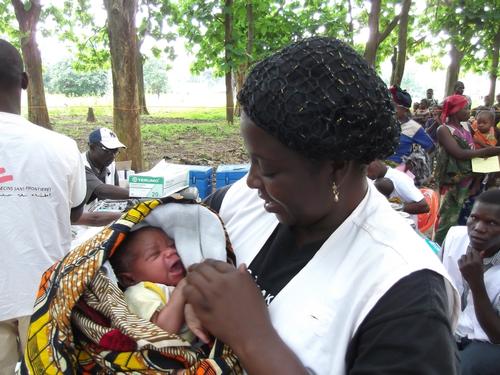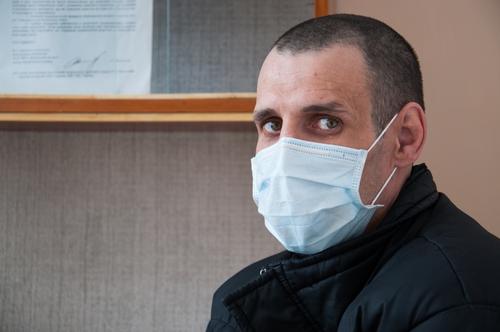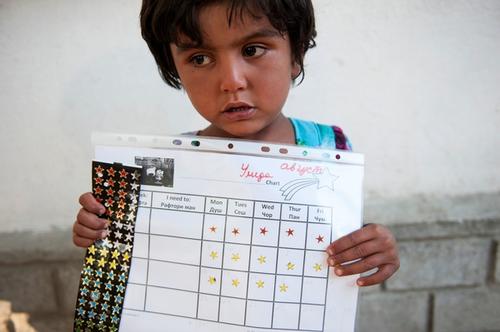Read the full article on BMC Microbiology.
Abstract
Background
The resazurin microtiter assay (classic REMA), a colorimetric liquid culture-based drug susceptibility assay for Mycobacterium tuberculosis (MTB), has been endorsed by the World Health Organization. The assay requires 8-16 days to obtain results, delaying management of drug resistant tuberculosis patients. A modified REMA which allows results in as little as 24 hours for bacterial strains, has been developed and validated using Staphylococcus aureus, but has not yet been evaluated for MTB.
Therefore we assessed the performance of the modified REMA for rifampicin (RIF) and isoniazid (INH) susceptibility, using the classic REMA as the reference standard. We also compared simplicity (from the technicians’ point of view), time taken to obtain results (rank-sum testing), specificity and Kappa statistics of the two methods.
Results
The modified REMA, which is a one-step procedure , was found to be simpler to perform and results were obtained in a significantly shorter time (5 versus 9 days, p < 0.0001) compared to the classic REMA due to addition of indicator and strain at the same time. The specificity of the modified REMA was low {46.8% (35.5% - 58.4%) for RIF and 13.9% (7.2% - 23.5%) for INH}. Kappa statistics were 16.0% for RIF and 2.0% for INH. Low specificity and kappa statistics are due to indicator reduction by the strains before complete drug activity.
Conclusion
Although modified REMA is faster and simpler compared to classic REMA, it is not reliable for MTB drug susceptibility testing.
Authors
Victoria Katawera, Mark Siedner, Yap Boum





